Vintage Spotlight: Fruit Salad Jewelry
These fun designs have links to both Victorian and fine jewelry.
When we think of fruit and jewelry together there is a certain look that comes to mind. Perhaps that’s because this style of jewelry embodies a bygone era in fashion when women wore matched sets of earrings, brooch or bracelet, and necklace. The bold colors and sizes of some of the fruit salad jewelry (or tutti frutti as they also came to be known) presented in full force with a matched set would seem over the top for most people today who favor simpler accessories. But, those were the times back then.
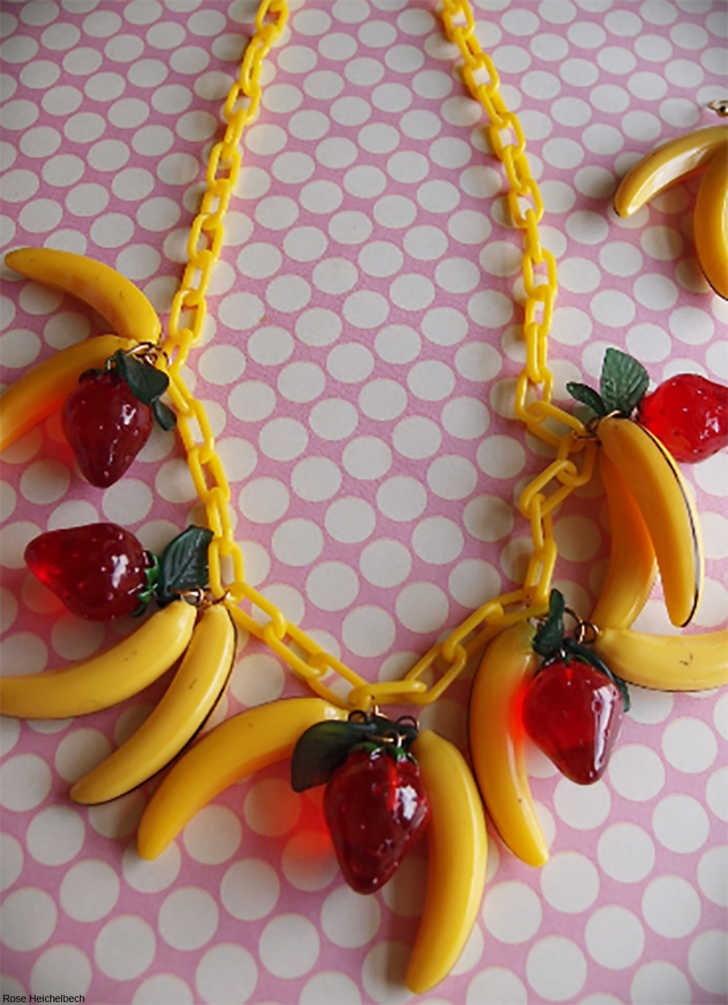
Fruit Salad History
Many people might think that the elaborate fruit headdresses and jewelry of Carmen Miranda in the 1930s and 1940s is what spawned the fruit salad craze, but incarnations of this style of jewelry were being made as early as the end of the 19th century. However, Miranda did make tropical fruit very trendy, as did the importation of fresh and canned tropical fruits that livened up meals across the U.S.
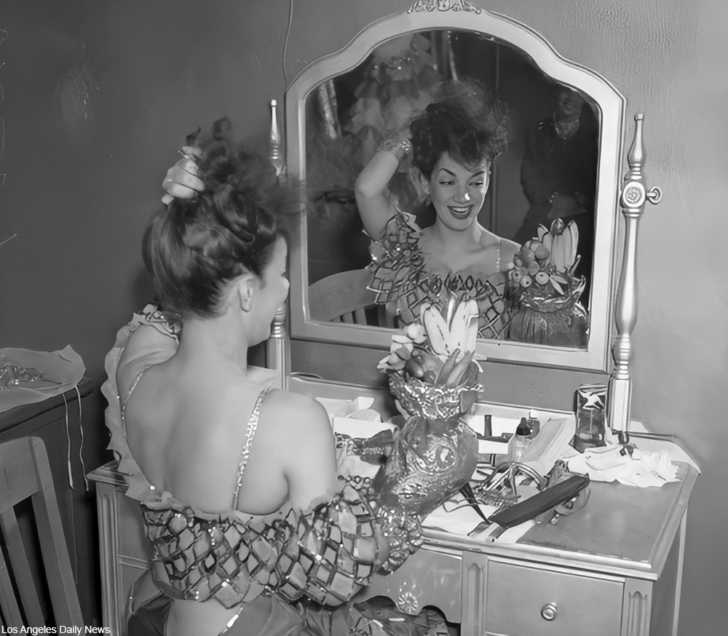
Earlier pieces that recall the bright colors of fruit can be found and today the terms fruit salad and tutti frutti are applied to any jewelry the bears either the shapes or colors of a fruit salad.
The fun and playful designs of glassmakers at the time were gaining popularity and the “gems” these factories produced were much more affordable than the real things. Plus they could be molded into any shape needed. These early fruit pieces were crafted much like fine jewelry, albeit with cheaper materials. Many of these early pieces that collectors and sellers call fruit salad didn’t actually represent fruit shapes, but had the bright colors of fruit. Usually the glass components were molded to look like cabochons or leaves.
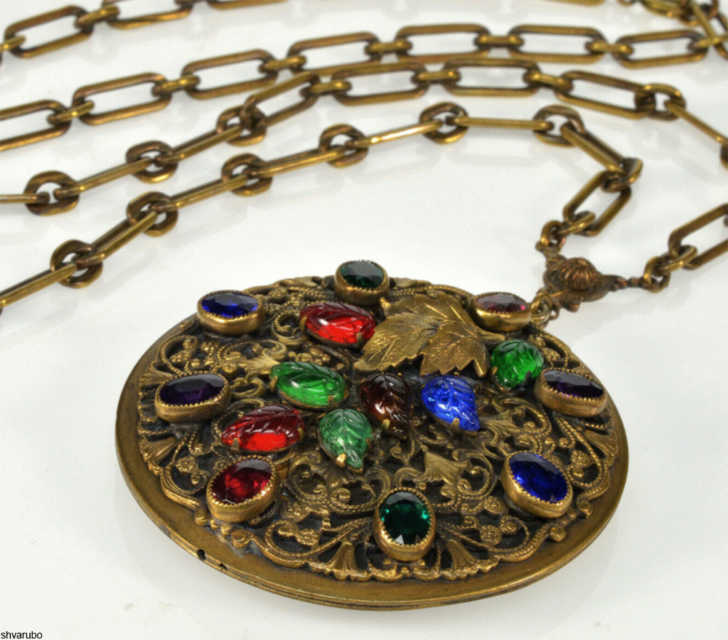
In the 1920s Cartier came out with their famous Tutti Frutti collection. The brilliant gemstones of ruby, emerald, and sapphire were set into platinum studded with small diamonds and each piece was a unique creation based around the gems on hand. While the average consumer could never have afforded a piece like Cartier, the Tutti Frutti pieces made bright and playful designs more acceptable for women of all income levels. Copies of this style were soon being created and continue to be popular today.
In the early 1930s celluloid was a common material for fruit salad jewelry to be made from. The lighter weight and cheaper cost meant that larger components were often used, leading to a more dramatic look. Other plastics like Bakelite, acrylic, and other thermoplastics were later used. From this style the plastic chain became popular, with fruits and vegetables dangling from the lightweight chains. This style was made well into the 1980s, especially as some of the fashion trends of the 1970s and 1980s harkened back to the 1930s and 1940s, respectively.
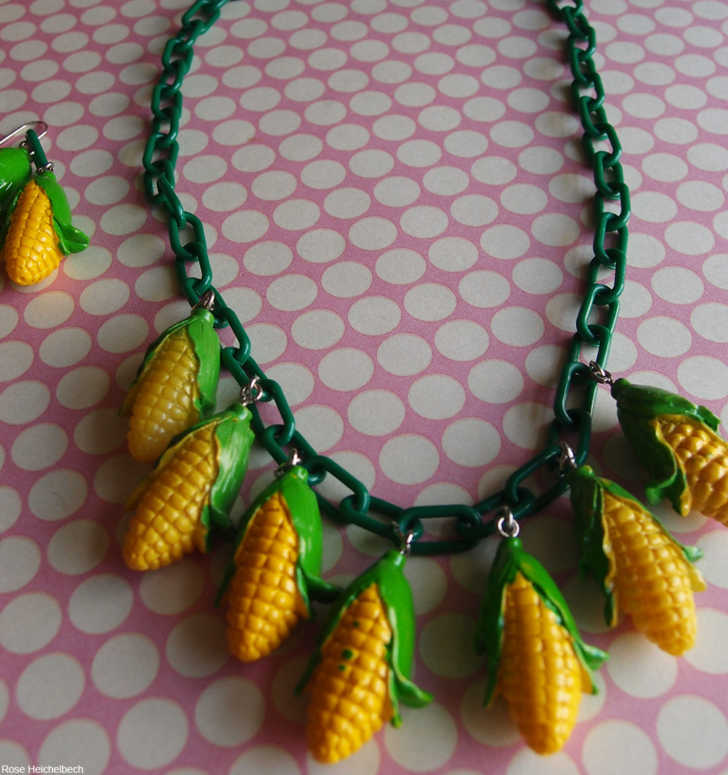
Later versions the fruit necklace are beaded, often with white glass or plastic beads with fruit beads or clusters interspersed across the piece. There are also wooden fruit salad pieces out there.

How Much Are They worth?
Some of the most valuable pieces of fruit salad jewelry are the plastic ones, with celluloid and Bakelite commanding the highest prices. Even cheaper plastic fruit jewelry from the 1960s-1980s
can fetch a good price online or at an antique mall. For the most popular styles depicting clusters of fruit hanging down you can expect to pay $50 and up. Less sought-after styles in glass or plastic can sometimes be had for as little as $10.
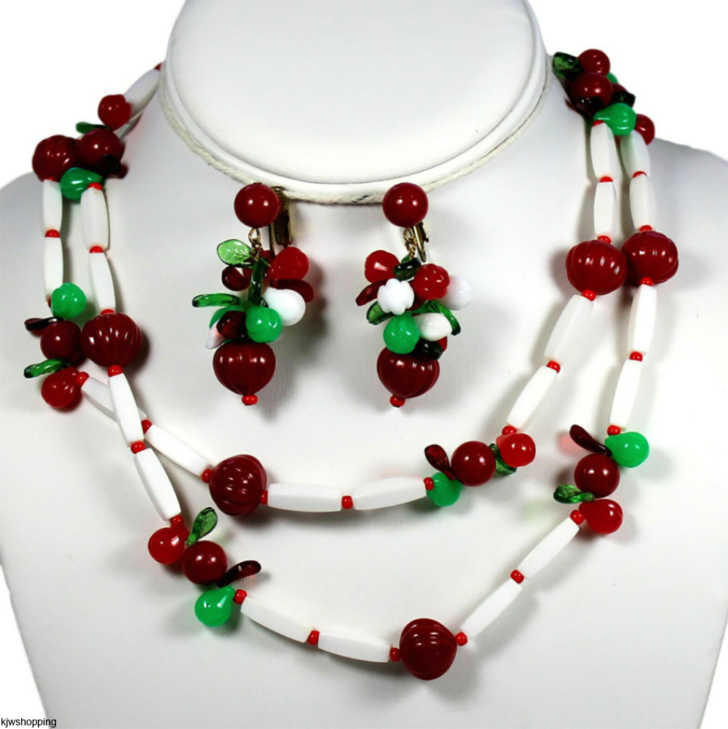
Celluloid necklaces can cost $100-$150 or more. Smaller Bakelite fruit salad pieces like bracelets and brooches can go for as little as $40, while the more elaborate necklaces can sell for $100 or more, with some pieces priced at over $1,000.
And, the Cartier Tutti Frutti pieces? Well, a bracelet from the collection sold in April of 2020 for the most a piece of jewelry has ever sold for during an online-only at $1.34M.
SKM: below-content placeholderWhizzco for DOT

